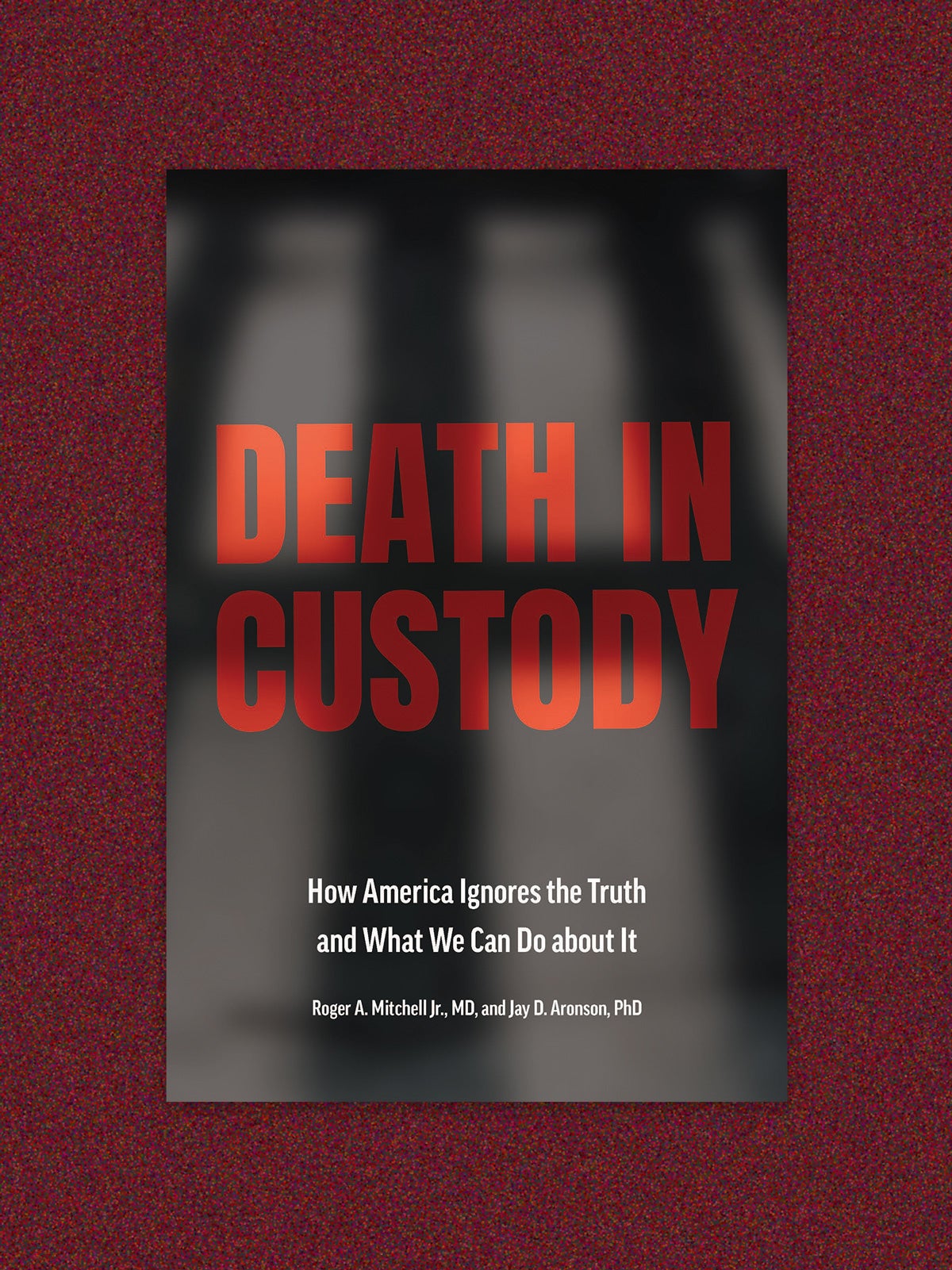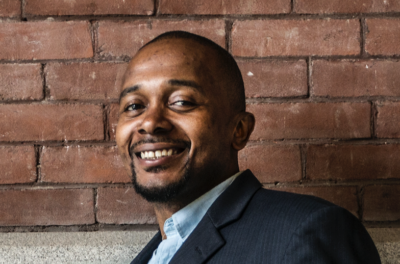
Book
When death doesn’t count
Death occupies a special place at the intersection of social justice and public health. Death is the ultimate negative consequence of policies and structures that expose populations to health hazards, and much of our public health effort focuses on addressing those forces. Who dies, and when, often reveals which lives we think matter, and who can be held accountable for them.
Custodial deaths can be defined as the deaths of any person who has been detained, is under arrest, is in the process of being arrested, or is incarcerated at a jail, prison, correctional, or juvenile facility. These deaths occupy a unique space in public conversations. While police shootings have gained international attention, there are many other instances where people die under more mysterious circumstances—for example, when prisoners die while awaiting trial. Because the details of these deaths can be blurry, and the victims are often branded in the public imagination as deviants, custodial deaths are often treated as if “they had it coming,” and the fact of the death can fall off the general public’s radar.
In their courageous and often gripping book Death in Custody, Roger A. Mitchell (a pathologist) and Jay D. Aronson (a human rights expert) teach us that the process through which deaths are counted or characterized is a justice issue in and of itself. The authors put forward a stirring thesis: how deaths are counted in custody reveals long-standing inequalities in the criminal legal system—and changing how we count custodial deaths can play a central role in social justice.
Sign up for Harvard Public Health
Delivered to your inbox weekly.
A system rooted in lynching
The authors begin with a provocative discussion of lynching. Records of lynching were famously bereft of details, and in fact we are told “[w]hen white newspapers covered them at all, they generally ran notices meant to inform the community that a potential threat had been neutralized.” At one time, documenting who was lynched and generating a fair depiction of the circumstances (legal or otherwise) around the accused’s alleged crime presented a fundamental human rights challenge. These were the grave injustices exposed by the pioneering reporting of Ida B. Wells.
The work of Wells—and so much work since (for example, Michelle Alexander’s The New Jim Crow)—reveals the persistent connections between racial justice and the criminal legal system. Death in Custody amplifies this work with modern links to the medical and public health arenas. In a chapter on the Death in Custody Reporting Act of 2013, the reader learns that people dying while in custody in the 1980s and ‘90s are mostly poor and members of minority groups, and their deaths typically receive minimal media coverage. This is not unlike the well-documented manner in which social forces can perniciously drive health disparities.
There’s also an excellent chapter on the sometimes seedy science of how deaths are counted as homicide by coroners. The authors follow the travels of Bennet Omalu, whose portrayal by Will Smith in 2015’s Concussion makes him perhaps America’s most famous forensic pathologist. In the film, Omalu’s work on the deaths of NFL players puts him at odds with institutions, including the sheriff-coroner’s office. In the book, we see why it matters that Omalu resigned in 2017 as the chief forensic pathologist of California’s San Joaquin County. Omalu said he had misgivings about the sheriff’s undue influence on how deaths are recorded, suggesting violations of medical ethics. Mitchell was asked to audit the San Joaquin office where Omalu worked, an exercise that led to the conclusion “that the sheriff-coroner model of death investigation was rife with opportunities for corruption and cronyism, lacked scientific rigor, and led to public distrust of the findings of death investigations.”
The discussion is both serious and technically rigorous, but the authors make it engaging through familiar examples. They use both Omalu’s experiences and Mitchell’s work to provide a detailed picture into how deaths are recorded and show ways nefarious activity can manifest in whether a death is encoded as a homicide. They also examine the murder of George Floyd, where the process of determining homicide was central to the case against police officer Derek Chauvin.
The complexity of death and inequality
If we have learned anything from the history of classic U.S. institutions such as courts, housing, or public health, it is that we cannot offer such complex social systems the benefit of the doubt with regards to how inequalities emerge within them. Unequal outcomes across social categories like race are often a signal of unfairness that should be investigated, the consequences measured carefully. While doing this sort of research for custodial deaths is challenging, Death in Custody provides a blueprint for how to pursue it.
Mitchell and Aronson’s well-written, eye-opening project successfully connects history, data, and contemporary policy. It could do for our understanding of deaths in custody what Khalil Muhammad’s 2010 award-winning book, The Condemnation of Blackness, did for crime statistics. And it may generate momentum for a new subfield that focuses on how populations are treated in death (e.g., “death equity studies”). Such a field would be structured not unlike the book: It would include experts with various training backgrounds, charged with fusing conversations around death in public health spaces with legal and ethical discourses, archival research, and data science. And it could be charged with achieving the book’s ultimate aim: Develop transparent, rigorous, and fair processes for recording deaths that occur in custody.
The sorts of initiatives, research questions, and policy changes outlined in Death in Custody can be further folded into greater calls around “data visibility” or the irrigation of “data deserts.” That is, while the health disparities movement has long documented and measured how various dimensions of social inequalities manifest in the burden of disease, Death in Custody offers something synergistic, yet original: it highlights that injustice extends into how we record, remember, and tell the story of the deceased.
Book cover: Johns Hopkins University Press



